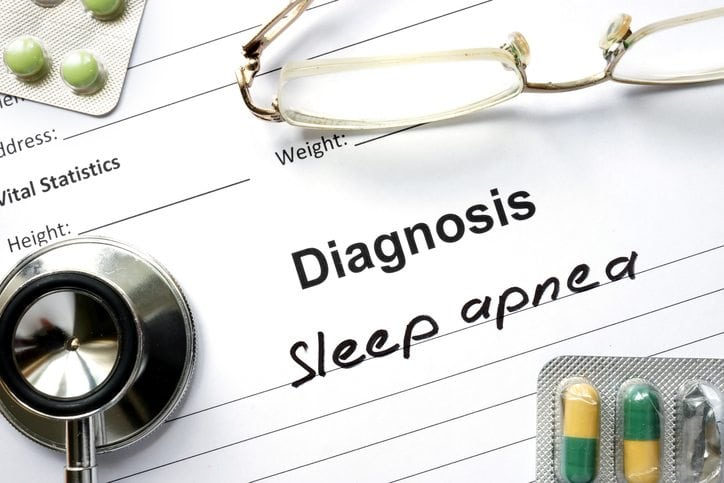A potential breakthrough procedure for obstructive sleep apnea patients who have not responded to CPAP treatment is now available through Hartford HealthCare’s Ayer Neuroscience Institute.
In this minimally invasive outpatient procedure, a surgeon implants a small, battery-powered pulse generator just under the skin on the right chest. The device also includes a stimulation lead placed in the neck and a breathing sensor on the side of ribs. The system monitors a patient’s breathing pattern and stimulates the hypoglossal nerve, which controls tongue movement. It’s the first treatment of its kind approved by the Food and Drug Administration.
Q: How does it work?
A: The implanted device monitors your breathing as you sleep, keeping the airway open by sending mild stimulation as needed to adjacent muscles.
Q: How is it controlled?
A: By the patient with a small handheld remote. The patient turns on the therapy at night before bedtime, then the device turns off automatically in the morning.
Q: Does it eliminate snoring?
A: In the STAR clinical trial, published in both the New England Journal of Medicine and Journal of Otolaryngology, Inspire therapy reduced snoring (as reported by partner) by 80 percent and sleep-apnea events by 78 percent.
Q: Are any CPAP-like masks or oral appliances required during sleep after the procedure?
A: No.
Q: Where is the device implanted?
A: The device is implanted just under the skin with three small incisions. The generator is inserted under the skin on the right chest, with a stimulation lead placed in the neck and sensor lead on the side to monitor breathing.
Q: How long does the battery last?
A: Up to 11 years, but typically for at least eight years. As with other implants, the battery must be replaced. Recharging is not possible.
Q: Will I feel anything when the stimulator is activated?
A: Most patients feel a slight tingling or mild contraction in the tongue muscles. The stimulation, which is adjustable, should not be uncomfortable or painful.
Q: Who is eligible for the procedure?
A: Anyone who has tried CPAP (continuous positive airway pressure) treatment for at least three months. An invasive procedure can’t be a first-line treatment.
Q: Any other requirements?
A: Patients must have an apnea-hypopnea index (AHI) between 20 and 65. The device manufacturer recommends that patients should have a BMI of 32 or below.
Q: How will I be evaluated before receiving the nerve-stimulation implant?
A: An otolaryngologist (an ear, nose and throat physician) will assess the type of obstructive collapse under a quick sedated endoscopy. The specialist is looking for anteroposterior collapse at the level of the soft palate. Patients with concentric collapse of the soft palate cannot receive the Inspire therapy. (Up to 20 percent of patients cannot get the implant because of this contraindication).
Q: How long is recovery from the procedure?
A: Pain and swelling at the incision sites might last a few days. Depending on your recovery, you will go home the day of the procedure.

